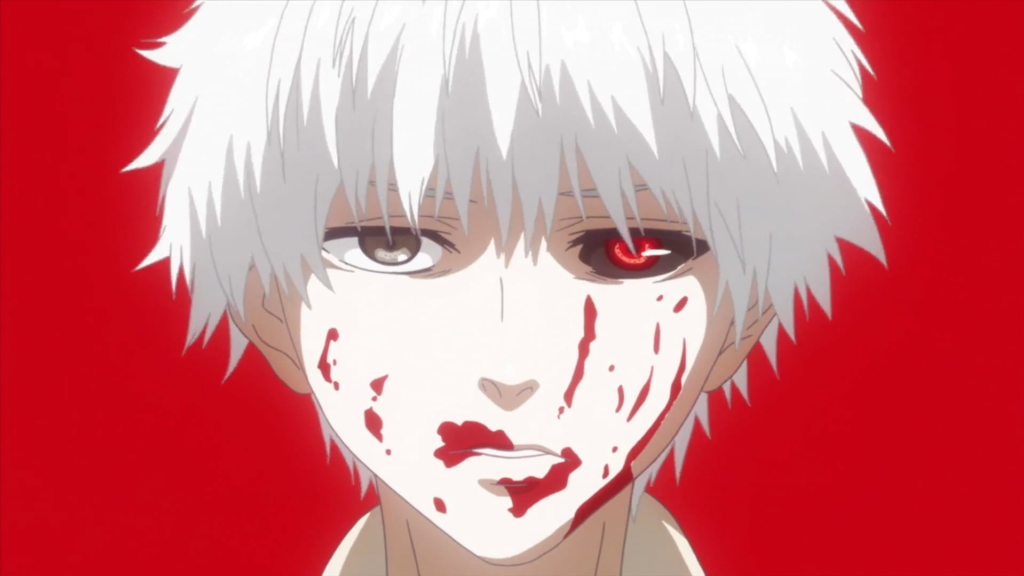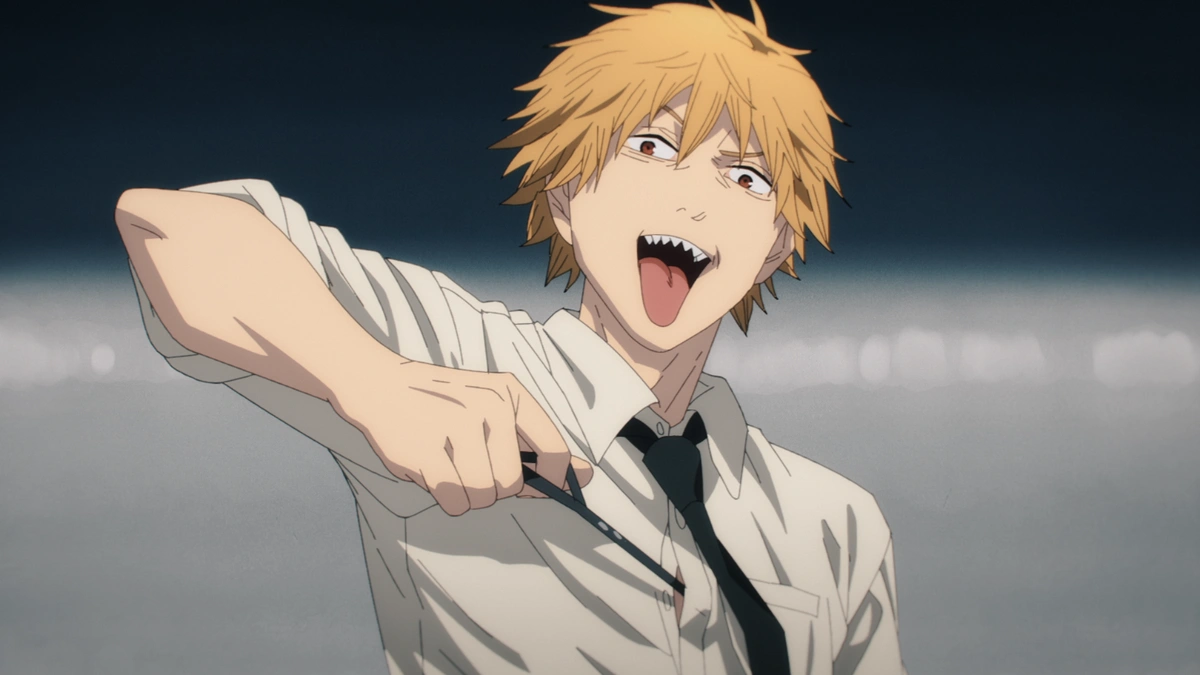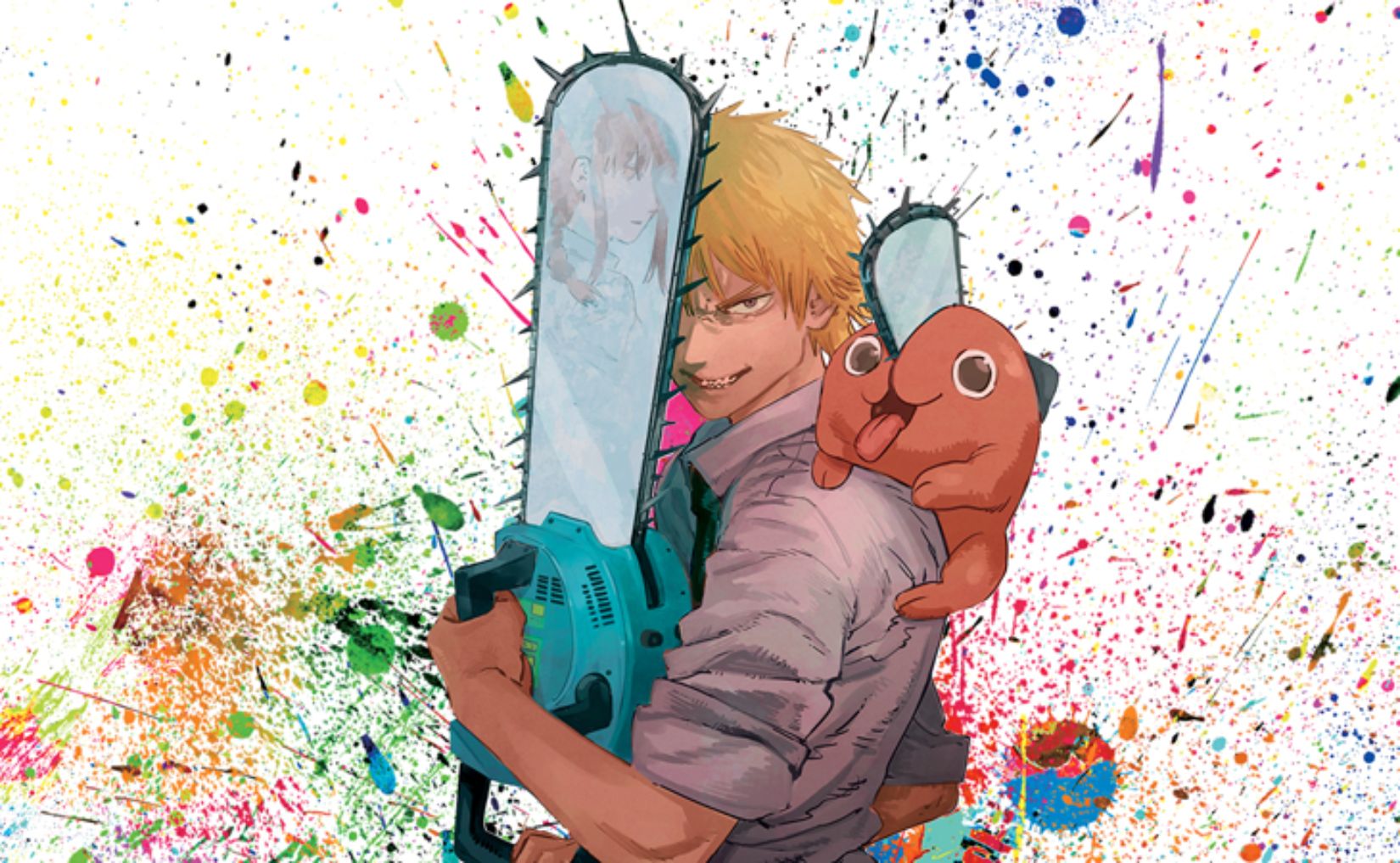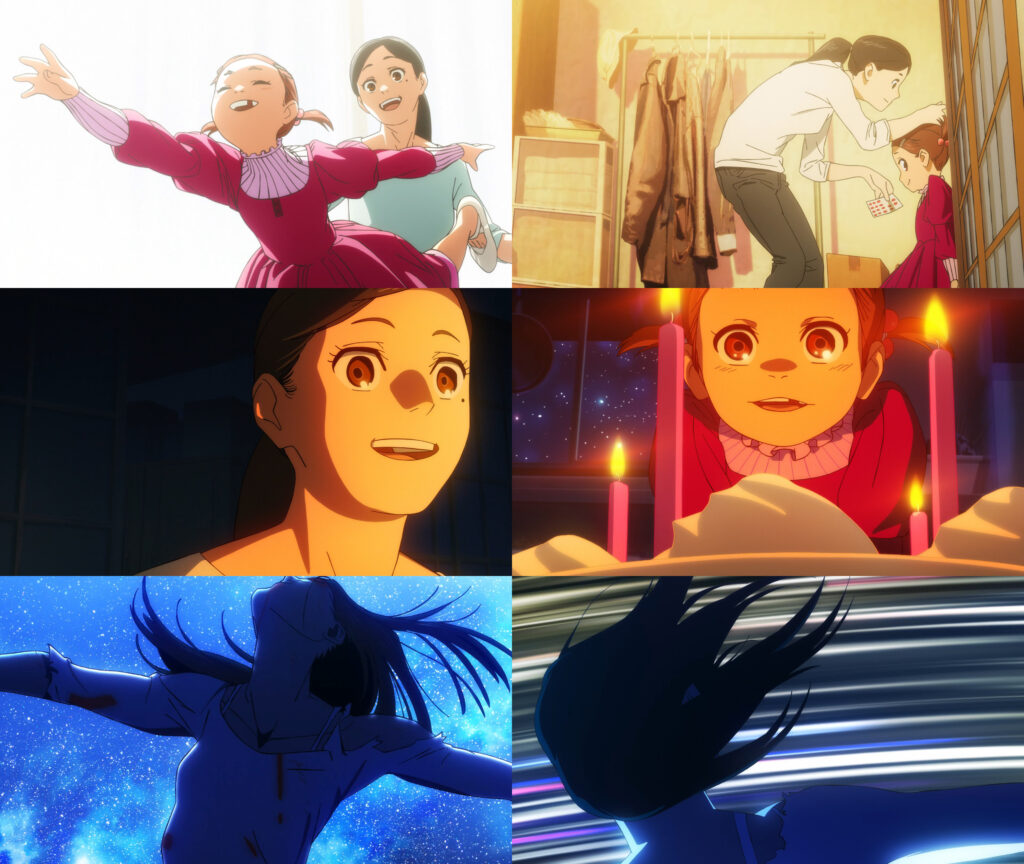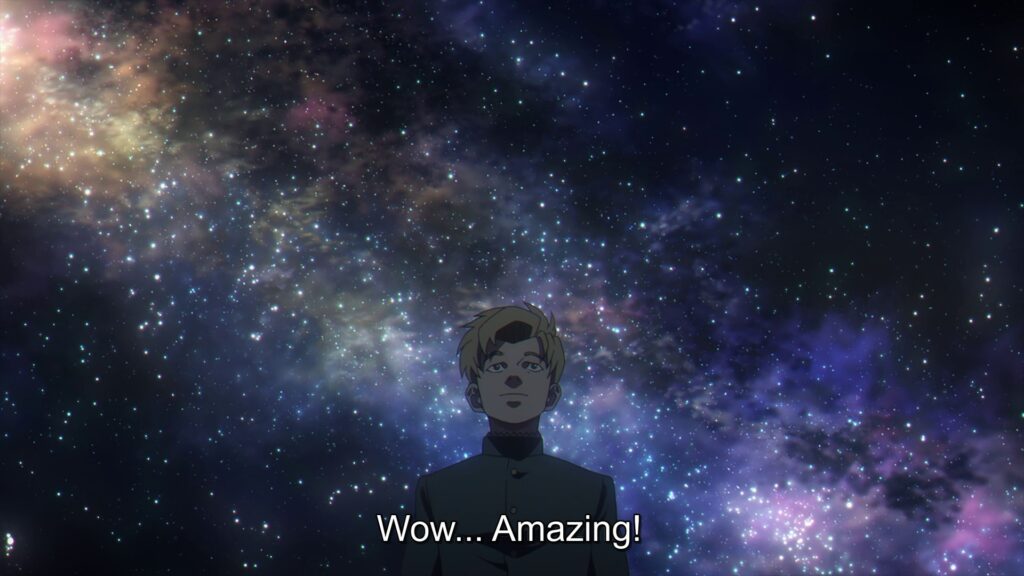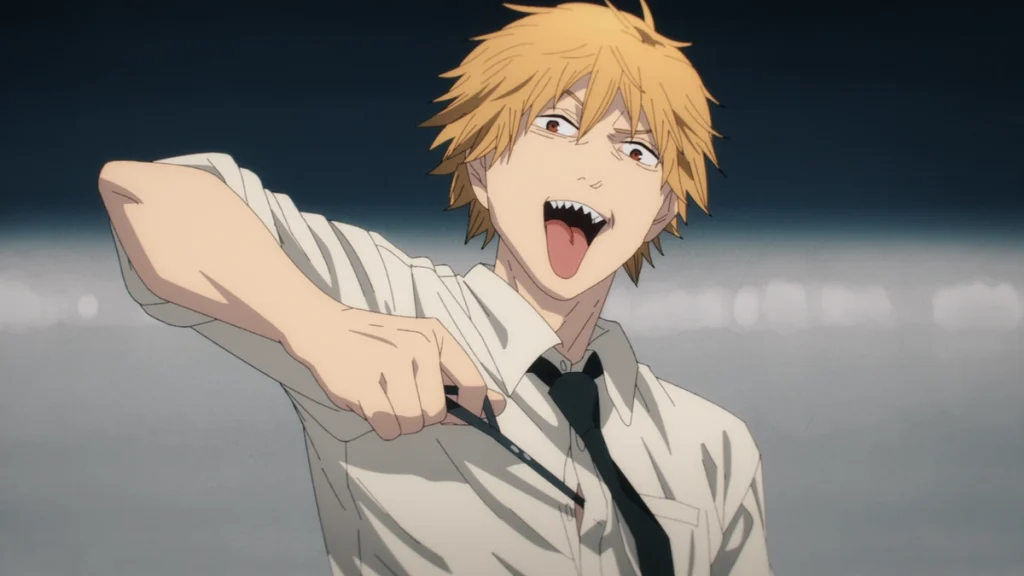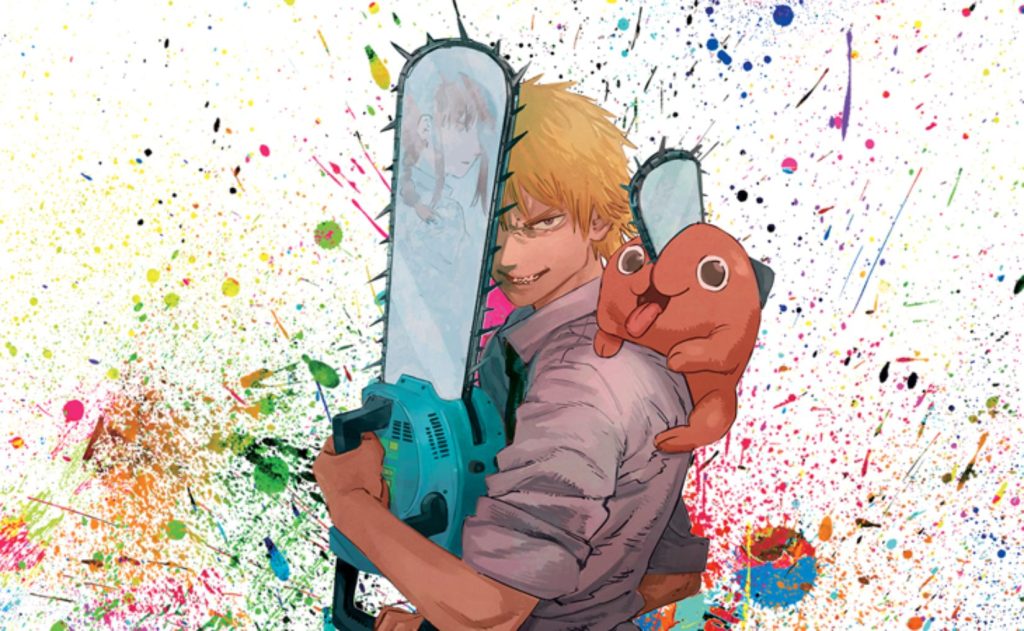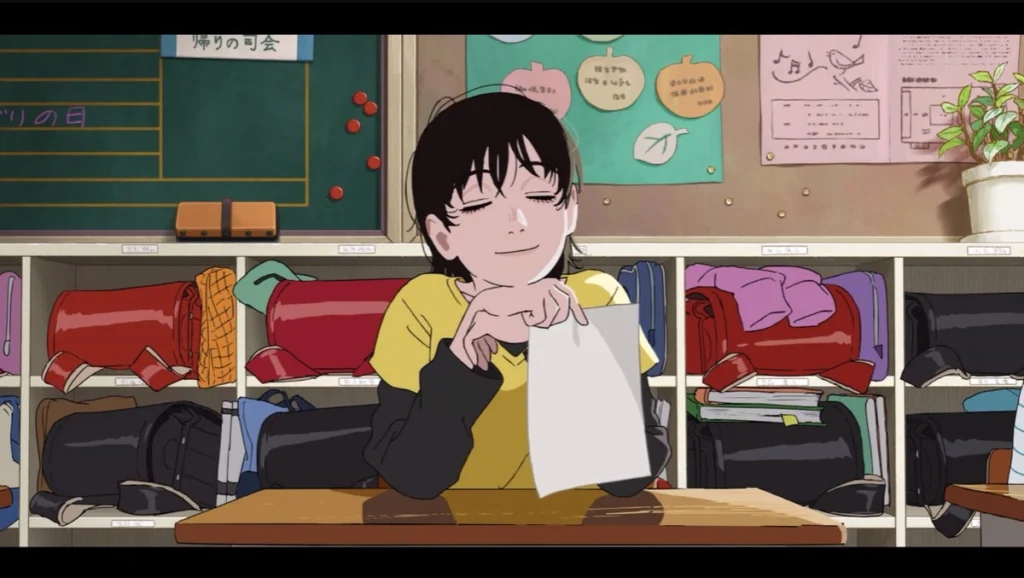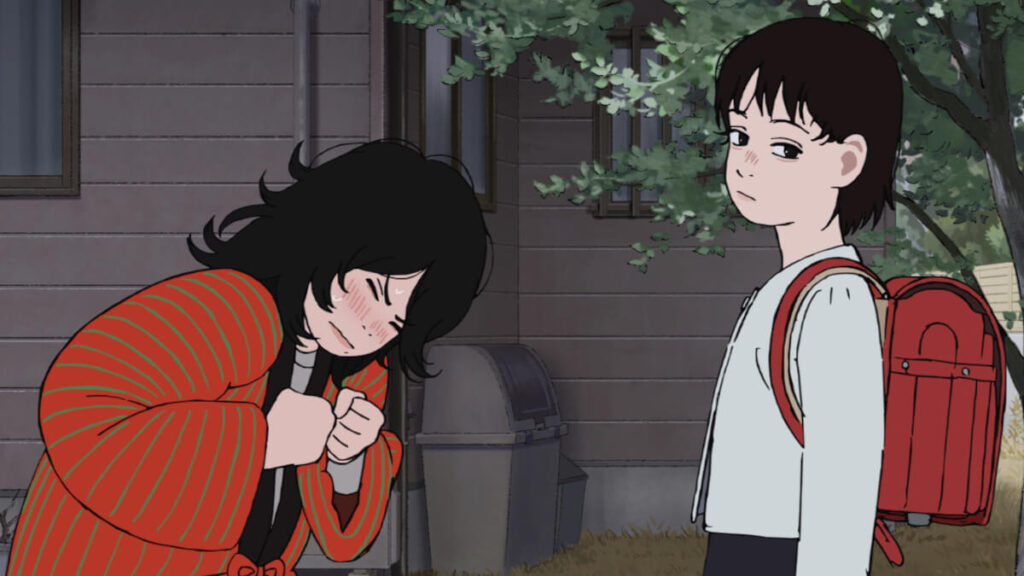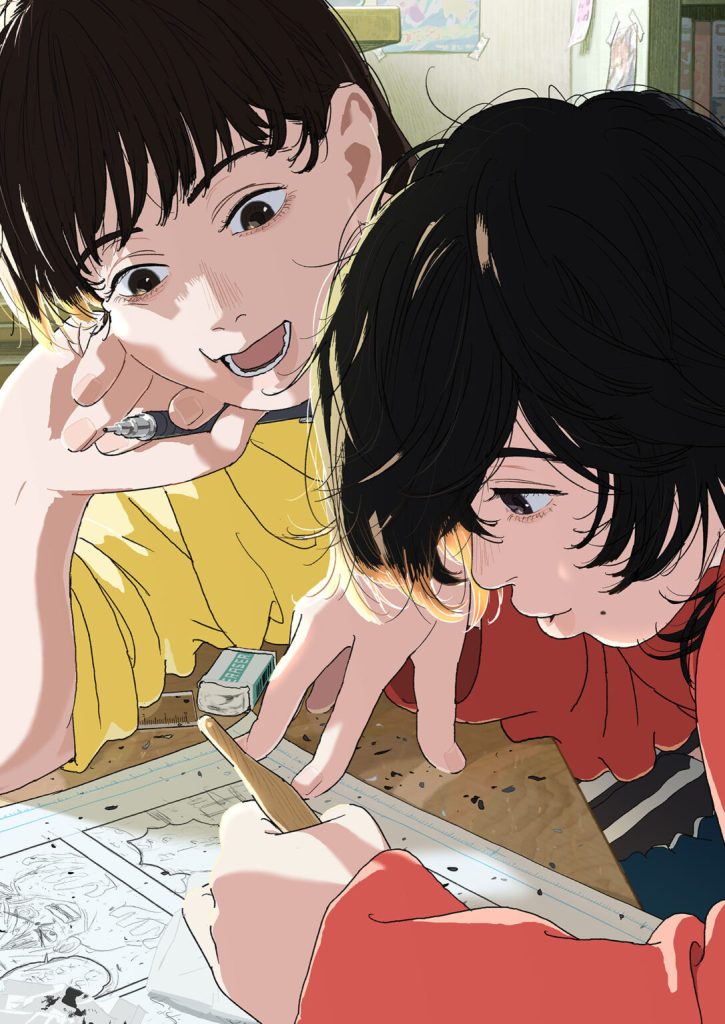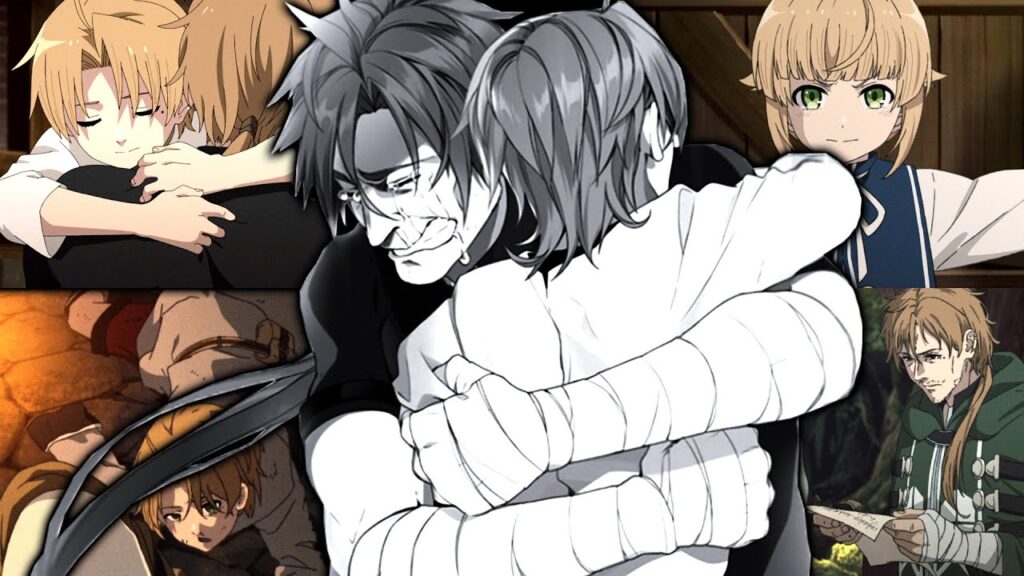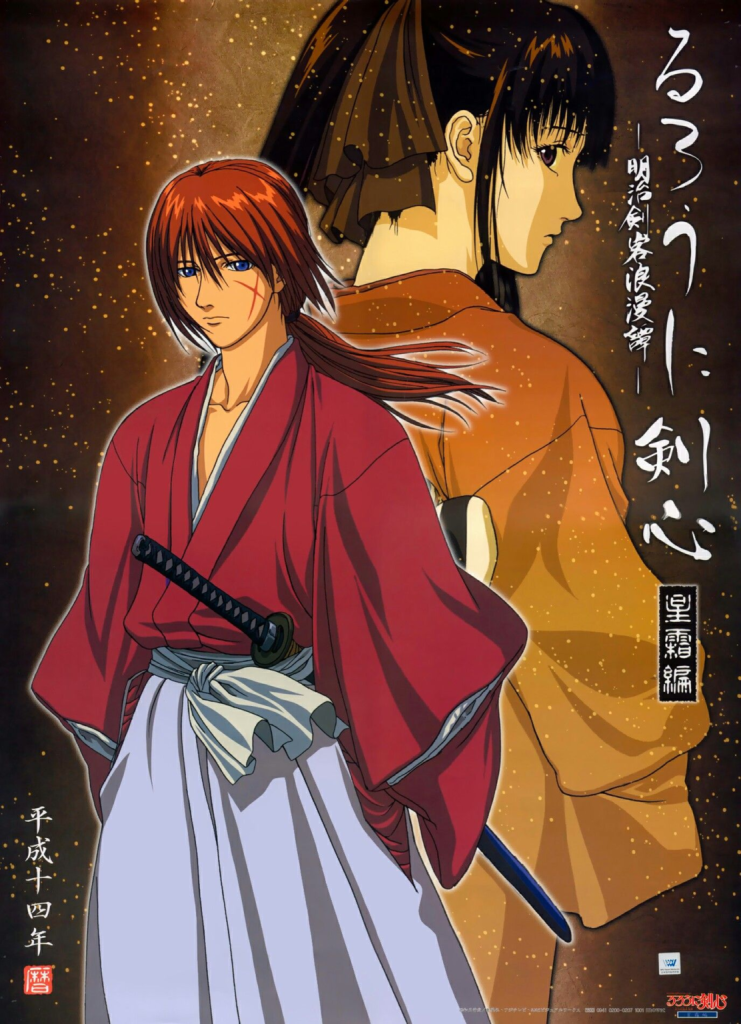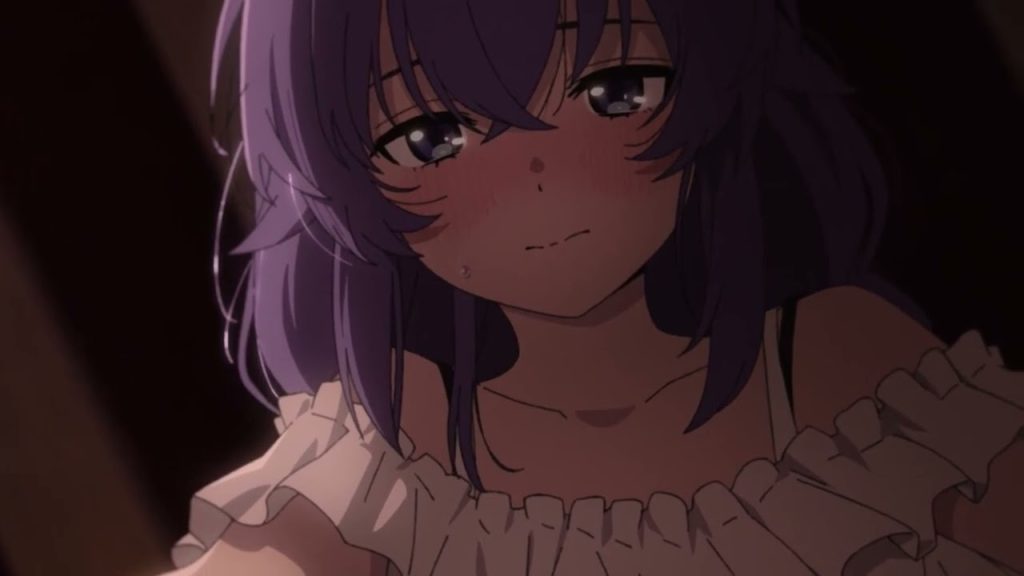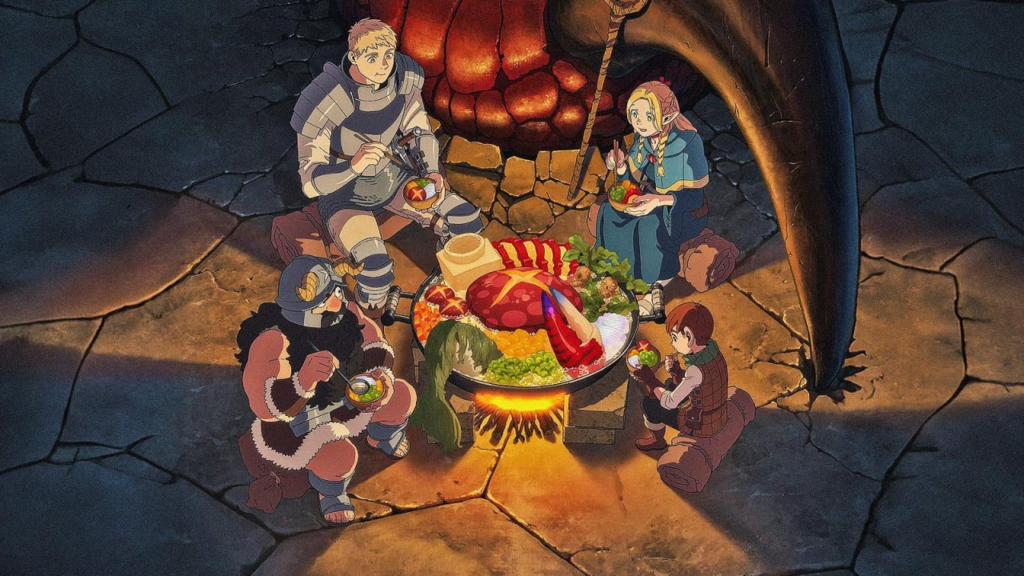Watching characters change and grow throughout their journey is truly something special—whether it’s compelling or not depends entirely on how it’s portrayed and conveyed. Sometimes, I get tired of anime that lean too heavily on clumsy, overused flashbacks, breaking the story’s flow and making character development feel dull and uninspired. That’s why what episode 12 of Tokyo Ghoul accomplishes feels so impressive to me, both in its delivery and its deep dive into the characters’ inner worlds. So, let’s explore together how this episode pulls it off.
Kaneki’s Core and His Struggles
At its heart, developing a character means giving them a driving force that pushes them toward change. To understand this, we first need to grasp who Kaneki is and what’s holding him back from growing. Kaneki is kind-hearted, timid, and at times painfully fragile. Through his journey, he’s come to see the nature of both humans and Ghouls, as well as the conflict between the two species. But his own nature? That’s something he hasn’t fully grasped—or perhaps something he refuses to accept.
Becoming a Ghoul after an unintended encounter with Rize turned his life upside down. Instead of eating normal food like everyone else, he now has to consume human flesh to satisfy his hunger. Instead of being protected by the CCG, he’s hunted by them. Instead of living a peaceful life like others, he’s tangled in constant trouble with other Ghouls and the CCG. It’s no wonder he struggles to embrace the Ghoul within him.
A Unique Narrative Approach
What stands out in this episode is how director Shuhei Morita chooses to weave the storytelling between reality and Kaneki’s mind. In reality, Kaneki is being tortured by Yamori, slipping into delirium. In his mind, he meets Rize, where he opens up about his inner turmoil and wrestles with his doubts. So, what’s Rize doing here?
Kaneki’s weakness has kept him from protecting himself or his friends when trouble strikes—whether it’s Nishiki, Tsukiyama, or the CCG. Sometimes, he’s only escaped thanks to others’ help or a stroke of luck. His kindness stops him from wanting to spill blood or hurt anyone, so he suppresses the Ghoul inside him to avoid causing harm. But now, facing Yamori, that kindness does him no favors—and Rize’s presence is there to make him see it.
Morita’s choice to blend these perspectives lets him expose the flaws in Kaneki’s decisions. Yamori forces Kaneki into a brutal test: choose which of two people—a pair—will die. Kaneki hesitates, refusing to decide, and in the end, both perish because of his indecision.
Rize as a Mirror
In his mind, Rize mocks him, laying bare his helplessness. Whenever trouble hits, he blames himself over and over, but it changes nothing. Instead of choosing to save one person and spare the other pain, his reluctance and lack of resolve end up costing both their lives. Rize forces him to see how powerless he’s been and that change is the only way to survive the harshness he’s facing.
The Symbolism of Flowers
While watching this episode, you might wonder about the flowers featured throughout. Two stand out: the Peony (Paeonia) and the Higanbana (Red Spider Lily). Peonies represent purity and innocence—qualities that fit Kaneki at the start. Higanbana, on the other hand, are tied to death and separation. The image of Peonies stained with blood, transforming into Higanbana, mirrors Kaneki’s evolution. The blood here is the suffering he endures—the deaths he’s witnessed, the blood spilled during Yamori’s torment—and through it, he realizes just how cruel this world can be, finally accepting the need to change.
The scene where a forest of Peonies turns into Higanbana serves as a metaphor for Kaneki embracing his inner Ghoul. The Higanbana’s meaning of death and parting reflects how he lets go of his humanity—his purity and innocence—killing off his old self. His hair turns white amid the Higanbana field, symbolizing his rebirth into someone colder, more decisive. The use of these flowers is subtle yet packed with meaning.
A Divisive Yet Brilliant Episode
Some might still grumble about how this episode deviates from the manga. For me, though, the anime adaptation of Tokyo Ghoul has always been a flawed one, which unfortunately colors how people view this episode. But I don’t see that as a weakness here. The striking visuals, the inventive storytelling, and the breathtaking score by Yutaka Yamada all come together under Morita’s direction to make this episode gripping and emotional. Years later, it remains an incredible experience, and I don’t think a few differences from the manga can overshadow the quality it delivers.

